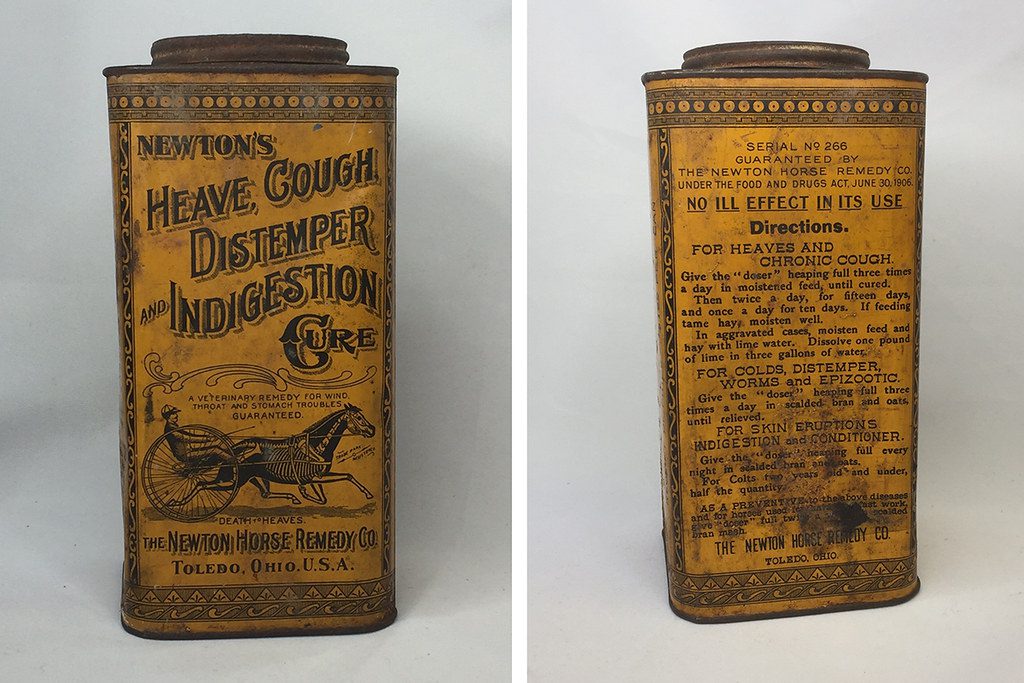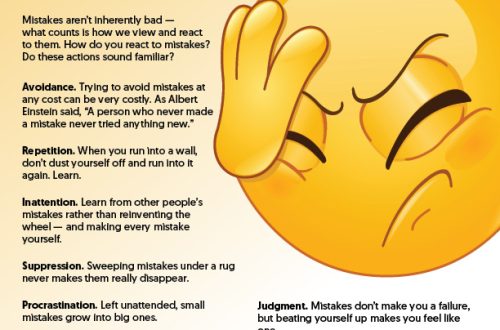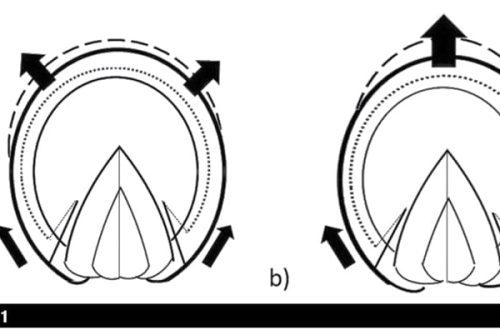
Compound horses
Compound horses
I have worked and continue to work with a wide variety of horses and, of course, met those who are commonly called “difficult”. Faced with such a horse, sometimes you begin to think that he is unbearable, and it is simply impossible to teach him something. However, it is difficult horses that force us to give all our best in work and learn to perceive each horse as a separate unique personality.
Difficult horses respond differently to us than most “normal” horses do. Sometimes they look around for “horse-eaters” to get scared, distracted, resist, and show other reactions associated with fear. They can be too phlegmatic, or, conversely, explosive. At some moments of working with them, it seems to us that everything has improved and returned to normal, but then something happens, and they return to their previous state again. For these horses it doesn’t seem to matter that we take our time with training and give them enough time to figure out what we want them to do; – they can simply start each session as a “clean slate”. If you work with one of these horses, then you know how difficult it can be with them.
Usually, it is not some technique or method that fails in working with a difficult horse. There are many more factors at play than we can imagine. In order to reach these horses, you must be willing to dig deep, put your ego aside, ask for help if you are not making progress, open your mind to methods not yet known to you but possible, empathize with your horse, work every day. and don’t give up.
I will list a few of the possible problems you may encounter when dealing with a difficult horse. Some of them are too easily devalued by us, but we must not lose sight of even what so far seems unimportant to us. There are many pieces in your puzzle, and we cannot know which one is critical. Think of training your horse like an onion with many layers, the outer layer covering the one underneath from you. The rough outer layer peels off easily, but the softer layers underneath are much harder and stronger. Whatever happens to one layer affects those above and below. Damage to one layer can have repercussions on others, affecting the horse’s ability to learn. Since all layers are connected, when we work on something, improvements will be noticeable at all levels. If we miss something, then all the layers work against us and, more importantly, against our horse.
So, What problems can you face when working with a difficult horse??
1. Maturity. It does not depend on the age of your horse, but on its emotional development.
2. Confidence. A horse’s self-doubt may be partly a trait of its personality, and partly based on past experience.
3. Self-esteem. The horse must believe in himself and in his ability to be successful, to cope with tasks. Having failed over and over again, the horse will refuse to make new attempts.
4. Attention. Many horses take longer to train because they are constantly distracted from the task at hand, not trying to stay focused on what we are asking for. When they deliberately ignore us, handling and safety issues can arise.
5. Power. It should belong to us and is necessary so that the horse is not in a state of constant search for danger. A frightened horse cannot learn well. We must offer her passive leadership, not dominance. If we dominate the horse, he will not understand the tasks we are asking him to do. We must give her the opportunity to correct her mistakes so that she can learn what she is doing. The horse will not forget what it has learned, but will not remember what it did not understand.
6. A responsibility. The horse must feel involved in the learning process. If you are the only one trying for him, doing everything to make him feel “successful”, you will not allow the horse to learn by himself. Not in all situations you can give her an answer.
7. Discipline. Without it, effective learning is impossible. “Discipline will keep you from being the abuser and the horse from being the victim.” In other words, if your horse knows that you are disciplined enough to correct (not punish) when he answers incorrectly, he will become responsible for his actions and start making better decisions. The key is you have to let the horse make a mistake before you start correcting him, and correct him. fair every time she makes a mistake.
8. Past experience. This factor is very important, especially if you did not raise the horse. Past emotional or physical trauma can be a major barrier to learning.
9. Waiting. Waiting is often the result of punishment for misbehavior. When a horse is divining, it doesn’t pay enough attention to your controls and predicts what you are going to ask it to do. She answers without waiting for the whole command.
10. Hypersensitivity. She can make a horse so reactive that he can’t think. If the horse is too sensitive and we handle him too gently, he will become even more sensitive. To bring it back to normal, we sometimes have to be less careful, less “quivering.”
11. Work ethic. The horse, like you, must be responsible for his behavior. You don’t want to deal with the “princess” do you?
When you start working with your horse regularly, consistently showing him that you are a leader and can stand your ground, your horse will eventually begin to feel protected – he will have someone whose authority allows him to rely on him. This will help eliminate fear, and increase the horse’s ability to focus on the task at hand. When she is aware of what is happening, she will be able to think and react in the way she thinks we need to. The horse’s efforts should be encouraged so that he begins to believe in himself and his own judgment, and good self-esteem and confidence begin to form. The horse will become less difficult because it will take on the responsibility of focusing on tasks and will try to respond correctly because it will know that it can succeed. We can remove the confusion and fear by letting her make mistakes and then correcting her instead of punishing her.
It’s not all about the technique, but the approach. It’s about trying to be open enough to “put on” your horse’s “saddle” and be in his shoes and think about what else might happen. Training is an extremely stressful experience for a horse and many find it difficult to process it on an emotional level. If you let your horse be emotional, if you let him know what he knows and don’t try to box him in, he will be much more successful. Don’t give in to her just because the horse is difficult.
Working with a horse that has learning problems or behavioral problems, you need to find its “triggers”.
Trigger is what can cause a horse to associate a particular stimulus with a fear response. For example, a barrage that touches a horse can make it remember that it was once frightened or hit with it. If a horse has similar memories that take over, its behavioral patterns may revert to previous avoidance or flight responses from stimuli.
The problem with triggers is that they are not always easy to spot. Triggers can be very specific – places and things that the horse remembers in a negative way, or new situations that the horse has not yet encountered, but still causes an extreme reaction in him. If we don’t turn our attention to the triggers, they will continue to work as activators of the fear and defiance response.
When dealing with various horses, I always try to find out where they came from and what is happening to them today. Often there is not enough information about a horse’s past training because owners either don’t know or don’t think any of the information is relevant.
The horse always has its own story. Sometimes it’s short and sweet, other times it’s long and full of trouble. As equestrians, we simply must know that everything we do with a horse affects how it develops in the future. I often talk about the importance of the awareness factor in training – understanding the horse, being aware of what we are causing with our behavior or what we are preventing. This awareness must be tied to responsibility. When we are truly responsible for the horse, and not for the “sports equipment”, we achieve a different kind of connection. This connection returns to us the same responsibility from the horse.
As mentioned earlier, I am always alert to the horse’s triggers. When I find them, I try to “disarm” them so that they no longer pose a threat to the horse or to me. Triggers come at the most difficult moments, but I think that’s a good thing. It takes a lot of effort to make a horse reliable and a lot of other things to make it predictable, but knowing where triggers are triggered and what has caused them in the past is very important if you want to accurately predict your horse’s responses. . If you encounter triggers from time to time and elicit appropriate responses, consider this an important part of the training conversation between you and your horse. You may not always like what the horse tells you, but they will never lie.
Will Klinging.
Translation by Valeria Smirnova based on site materials https://www.horsejournals.com/.





